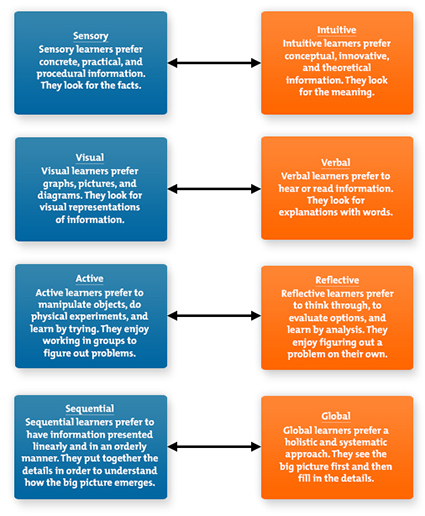Orienting New Employees
Develop an employee orientation checklist and consider the following activities for inclusion on the list.
1. Before the employee begins, send a welcome letter – verify start date, provide a copy of the employee policies and procedures manual. Let them know the dress code, start time, and whether they should plan on packing a lunch.
2. When the employee begins, meet with them – explain how they will be trained, introduce them to staff, give them keys, get them to sign any needed benefit and tax forms, explain the time-recording system, and provide them with copies of important documents.
3. Show them the facilities – including layout of offices, bathrooms, storage areas, kitchen use, copy and fax systems, computer configuration and procedures, telephone usage, and any special office systems.
4. Schedule any needed computer training – including use of passwords, overview of software and documentation, location and use of peripherals, and where to go to get questions answered.
5. Review any policies and/or procedures about use of facilities.
6. Assign an employee to them as their “buddy” – who remains available to answer any questions.
7. Take them to lunch on the first day – and invite other employees along.
8. Meet with them at the end of the day – to hear any questions or comments.
9. Meet with the new employee during the first few days of employment to review the job description again. Remind them to review the employee manual and sign a form indicating they have reviewed the manual and will comply with its contents. Review any specific goals for the position. In the same meeting, explain the performance review procedure and provide them a copy of the performance review document.
10. Have one-on-one meetings with the new employees on a weekly basis for the first six weeks – to discuss the new employee’s transition into the organization, get status on work activities, hear any pending issues or needs, and establish a working relationship with their supervisor.
Learning Preferences
Whenever you are training others, you have information and ideas that you want to share in a way that is meaningful to your audience. Everyone has different learning preferences, so you want your materials to cover a variety of styles to help them to learn quickly and thoroughly. Be aware that your own learning preferences will influence your training techniques, and may shade your information, making it difficult for someone with a vastly different preference to “catch on.” Try to cover all bases by including materials for learners who are:
· Sensory – Intuitive: Provide both hard facts and general concepts. Give the learner the philosophy and theory behind the activity (“why are we doing this?” and what are the “rules” we are being held to?) but also give them enough details about the task for the learner to problem-solve and make decisions on their own as they work through it.
· Active – Reflective: Allow the learner to complete the task, but also allow time to evaluate and analyze the activity. One rule of thumb is to go over the material three different times: first, complete the task while the learner observes and takes notes; second, the learner completes the task while you provide direction (giving the learner time to add / modify their notes); and finally, the learner completes the task from their notes (while you quietly observe).
· Sequential – Global: Provide the big picture, as well as detail in a structured way. I prefer to think of training as taking the audience from the big picture down to the nitty-gritty details. You might open with a quick discussion about why and for whom this activity is being done. Then launch into frequency and quality expectations, and conclude with step-by-step instructions for completion.
Finally, be prepared for a period of time (usually starting 60 – 90 days after training) where the new employee will struggle to complete tasks they were trained on, and may have been successfully completing for a few weeks! This period is normal, have the employee go back to their training materials, slow down their execution, and “re-learn” the activities. This is just the process of the brain moving the material from our conscious memory to our automatic memory.
Job Training
Try to approach your employee training from a broad spectrum of learning opportunities. Each of these methods will give your employees an opportunity to explore, engage with, and solidify their job duties.
1. Self-Directed Learning
2. Other-Directed Learning
3. Informal Training
4. Formal Training
5. Coaching
 |
| Index of Learning Styles, mindtools.com |
No comments:
Post a Comment